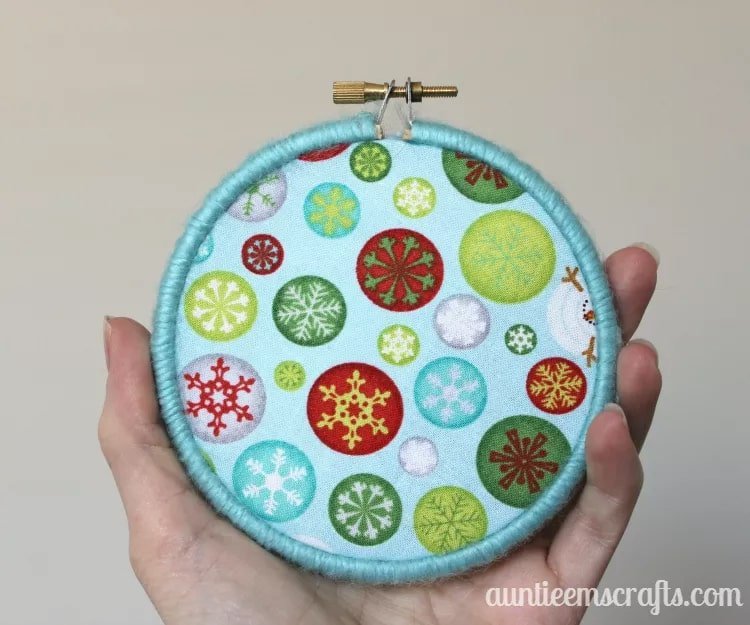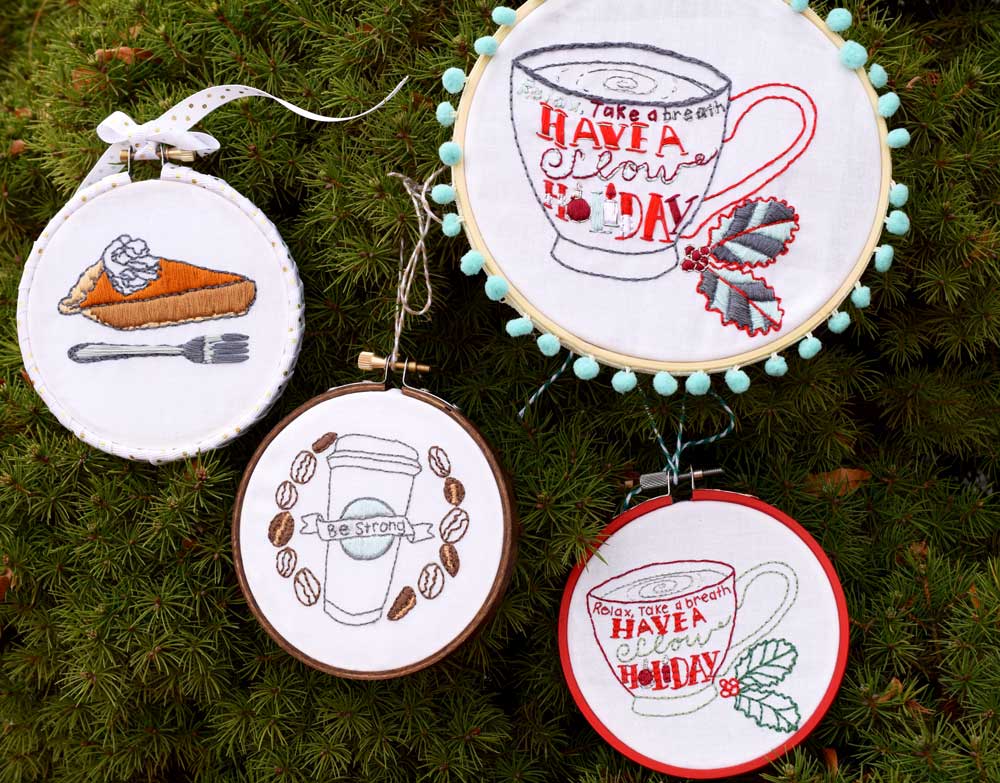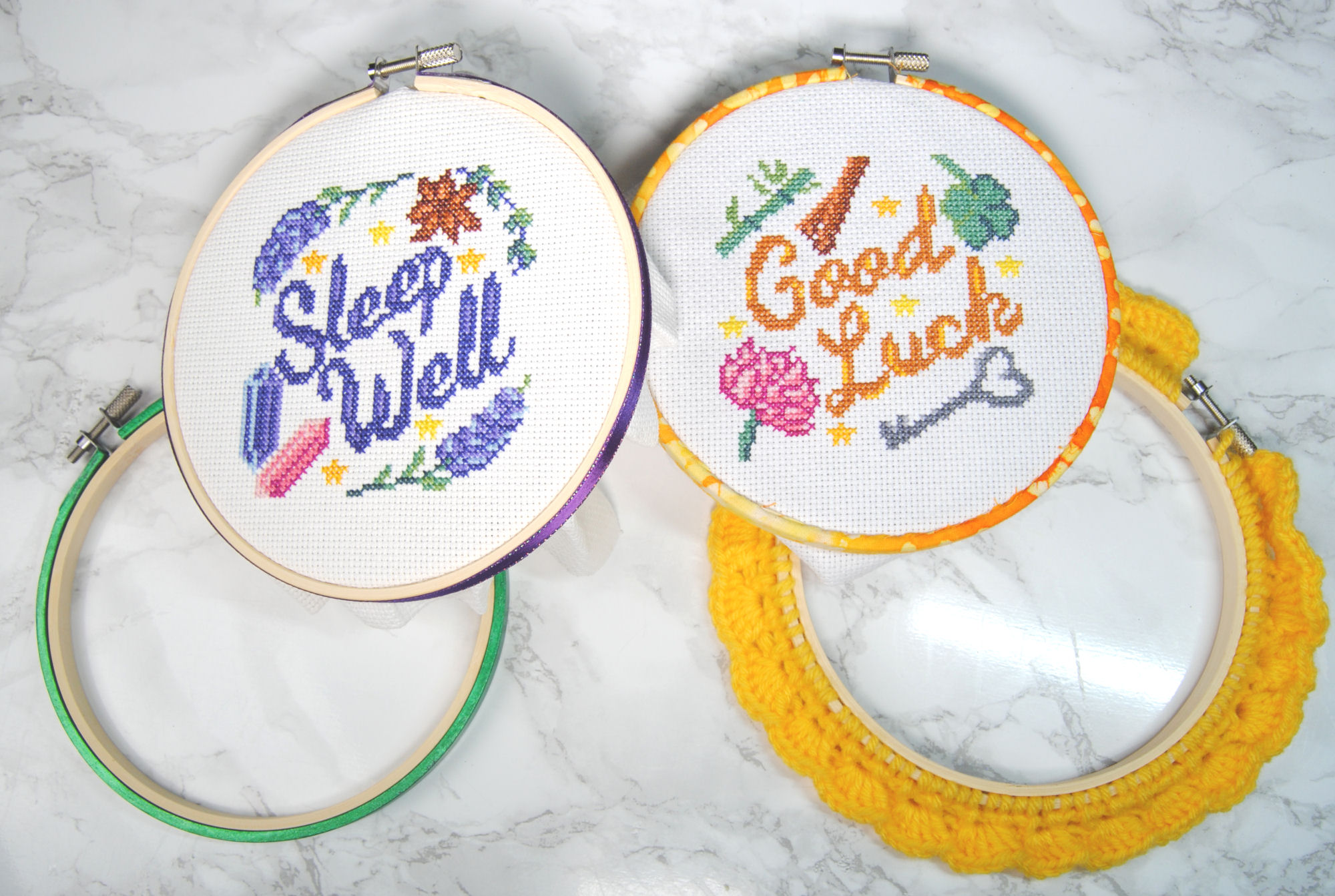Embroidery has long been cherished as a traditional craft, but its rekindled popularity in interior design makes it a contemporary choice for decorating homes. From wall art to throw pillows, embroidered pieces can add a personal touch and a sense of warmth to any space. As someone who has always appreciated the art of needlework, I can tell you that incorporating embroidery into your home decor is both rewarding and uniquely personal.
Why Choose Embroidery for Home Decor?
Embroidery is not just about aesthetics; it’s a medley of culture, skill, and personalization. Let’s delve into several reasons why it’s an excellent addition to your home decor.
- Unique and Personal: Each embroidered piece can reflect your personality and style.
- Versatile: From modern to vintage styles, embroidery complements various interior designs.
- Textural Depth: Embroidery adds dimension and interest to flat surfaces.
- Durable: High-quality embroidery can last for years, becoming a cherished part of your home.
Types of Embroidered Decor Items
Embroidery can be utilized in various decor elements. Below, I’ve compiled a list of popular items you can create or purchase for your home.
1. Wall Art
Embroidered wall hangings can serve as stunning focal points in any room. They come in various shapes and sizes, often incorporating vibrant colors and intricate designs.

2. Throw Pillows
Pillows adorned with embroidery can enhance the comfort and aesthetics of your living room or bedroom while being functional at the same time.
3. Table Runners and Linens
Unique embroidered table runners can elevate dining experiences and create an inviting atmosphere during gatherings.

4. Upholstery
Consider embroidered upholstery for chairs or couches, bringing a touch of elegance and personalization to your seating areas.
5. Decorative Towels
Embroidered towels can add charm to kitchens and bathrooms, making everyday items feel more special.

Getting Started with Embroidery for Home Decor
If you’re new to embroidery, don’t fret! Here are some steps to help you on your journey.
1. Choose Your Supplies
Before diving into embroidery, gather the necessary supplies:
- Embroidery hoop
- Embroidery floss or thread
- Fabric of your choice
- Needles
- Fabric scissors
- Pattern or design

2. Select a Design
Your design should reflect your personal style and fit the intended space. You can find patterns online, in craft books, or even create your own!
3. Learn Basic Stitches
Familiarize yourself with essential stitches such as:
- Back Stitch: Great for outlines.
- Satin Stitch: Ideal for filling shapes.
- Chain Stitch: Adds texture.

4. Practice Makes Perfect
Before working on your main project, practice your stitches on scrap fabric to gain confidence.
Tips for Decorating with Embroidery
Now that you have some basics down, here are some practical tips to effectively incorporate embroidery into your home:

1. Mix and Match
Don’t hesitate to combine different styles, colors, and patterns. A bohemian embroidered pillow might look fantastic on a modern couch!
2. Create a Gallery Wall
Assemble various embroidered pieces in a gallery wall format. This not only highlights your embroidery skills but creates a stunning visual centerpiece.
3. Use Neutral Backgrounds
Embroidered pieces can stand out beautifully against neutral wall colors or fabric backgrounds.
4. Consider Scale
When choosing embroidered decor, think about the scale of the piece in relation to the surrounding items. Large embroidered art can dominate a room, while small pieces might get lost.
Pros and Cons of Using Embroidery in Decor
| Pros | Cons |
|---|---|
| Adds personality and uniqueness | Can be time-consuming to create |
| Durable and long-lasting | Requires maintenance and care |
| Suitable for various decor styles | Initial investment in supplies can be high |
Inspiration from Personal Experience
One of my fondest memories involves crafting an embroidered wall hanging for my daughter’s nursery. I chose a whimsical design with animals and flowers that matched the overall theme. The process took a few weeks, but seeing her smile every time she gazed at it made every stitch worth it. This piece quickly became a cherished part of her childhood and is something we still admire together today.
FAQs About Decorating with Embroidery
1. What materials are best for embroidery projects?
For beginners, cotton fabric and embroidery floss are great choices. As you gain experience, you can experiment with other fabrics, such as linen or specialty blends.
2. How do I care for embroidered items?
Hand wash embroidered items in cold water and lay them flat to dry. Avoid wringing out the fabric to maintain the integrity of the stitches.
3. Can I use embroidery in outdoor spaces?
While traditional embroidery may fade or degrade outdoors, consider using outdoor fabrics that can withstand sunlight and moisture for patio decor.
4. How can I incorporate embroidery into modern decor trends?
Mix embroidered pieces with minimalist furnishings or use them as accents in a monochrome palette to blend traditional craftsmanship with modern aesthetics.
5. Is embroidery suitable for all home styles?
Absolutely! Whether your style leans towards rustic, modern, bohemian, or traditional, there’s an embroidery design that can complement your decor.
Conclusion
Decorating with embroidery offers a wonderful opportunity for creativity and self-expression. Whether you’re a seasoned stitcher or a beginner, the charm of embroidered decor can enhance the beauty of your living space. Take your time, experiment with designs, and enjoy the journey of bringing your embroidered pieces to life. With patience and a touch of love, your home will not only become a reflection of your style but a warm embrace of personal history and creativity.